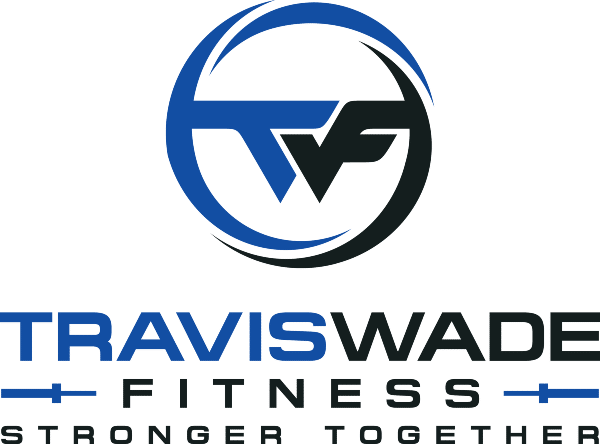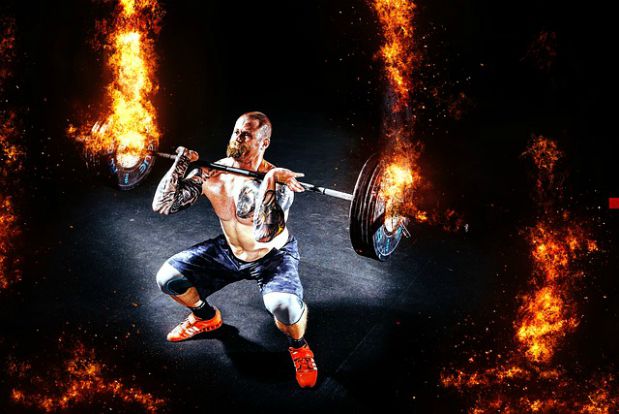Strength Training Tips
Strength Training Tips
These are the strength training secrets the strongest men in the world keep!
By TRAVIS WADE
How I Became One of the Strongest Guys in the Gym (And Why It Wasn’t Just for Show)
Fifteen years ago, when I first decided to get serious about strength training, the gym was a very different place. It wasn’t full of people casually curling 10-pound dumbbells while scrolling Instagram. No, it was a temple of iron, packed with bodybuilders, powerlifters, and athletes who trained like it was their full-time job (and for some, it actually was).
I wasn’t drawn to the guys flexing in the mirror—I was fascinated by the lifters who moved ridiculous amounts of weight and walked away like it was just another Tuesday. They weren’t just strong; they were built different.
And I wanted in.
Step 1: Find Someone Who Knows Their Stuff (And Won’t Let You Look Like an Idiot)
I knew from the start that lifting heavy without a clue is a fast track to injury (and public embarrassment), so I hired a real strength coach. Not the guy handing out cookie-cutter workout plans, but someone who actually knew what he was doing—and he walked the talk!
Under his watchful eye, I trained hard, learned the fundamentals, and tried not to die under the barbell. Every session was a crash course in proper form, programming, and pushing my limits without breaking my spine.
But I wasn’t done learning.
Step 2: Read Everything About Strength Training
At the same time, I started reading everything I could get my hands on.
One book, in particular, changed the strength training game for me: The Naked Warrior by Pavel Tsatsouline—the man who basically introduced kettlebells to the West and made strength training sound like something out of a Russian military handbook.
Pavel didn’t talk about flashy, complicated routines. He broke strength training down to pure mechanics, tension, and control—the kind of knowledge that turns you into a human forklift.
That book led me down a rabbit hole. I read articles, studies, watched hours of training videos, and took notes like I was studying for the final exam of lifting. Trial and error became my best teacher.
Step 3: The Powerlifting Phase (AKA The Moment I Stopped Being “Just Another Guy”)
Four months in, something happened.
I went from just another gym regular to one of the strongest guys in the building. My squat, bench, and deadlift numbers skyrocketed, my form was dialed in, and people started asking me for advice.
I wasn’t just lifting more—I was lifting better.
But strength isn’t a one-and-done kind of thing. I kept working with different coaches, learning new techniques, and refining my lifts. Every little tweak—a grip adjustment here, a bracing technique there—added pounds to my lifts overnight.
Lesson learned: Strength isn’t just about muscle—it’s about knowing how to use what you have.
Step 4: The Miyagi Moment
Somewhere along the way, I came across a quote:
“All strength comes from learning to use the power from within.”
Now, I have no idea if Mr. Miyagi actually said that in The Karate Kid, but let’s be honest—it sounds like something he would say.
And he was right.
Strength isn’t just about lifting heavier weights—it’s about understanding force, movement, and efficiency. When you see elite powerlifters, they’re not just brute forcing the bar up—they’re moving with precision, maximizing every bit of energy, and making the lift look effortless (even when it’s anything but).
Looking back, I’ve realized that strength isn’t just about working hard—it’s about working smart. Here are a few lessons that made all the difference:
The Right Way to Push (And Not Look Like You’re Having a Seizure)
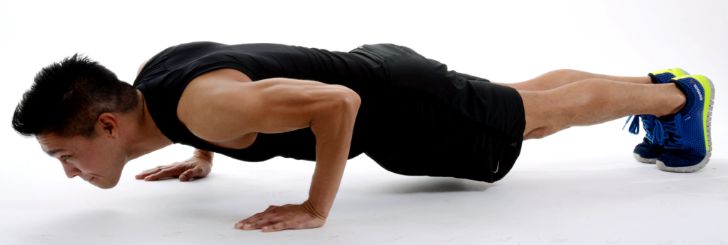
At first glance, a push-up seems deceptively simple: lower yourself down, push yourself back up, feel accomplished, maybe flex in the mirror. But once I actually started paying attention to my form, I realized I was missing some crucial elements.
The first game-changer? Not just resting my hands on the ground but actively gripping it—like I was trying to dig my fingers into the floor.
This tiny adjustment did something incredible: it engaged my entire upper body, from my forearms to my shoulders, instantly making each rep feel more stable and powerful. Who knew a small tweak could make such a big difference?
Then came the next revelation—twisting my hands out slightly while pushing up.
Now, to be clear, I don’t mean spinning my palms like a DJ scratching a record (unless your goal is a free skin exfoliation session). Instead, applying a subtle external rotation force—as if trying to turn my hands outward against the floor—created instant stability in my shoulders.
And suddenly, the push-up wasn’t just about pushing myself up and down; it became about moving with precision, control, and actual intent.
The Case for Unilateral Exercises (Or How I Stopped Ignoring My Core and Started Training Smarter)

For a while, I went all in on unilateral (one-sided) exercises. Not because I wanted to look like a guy who only works out one side of his body, but because I realized something important—they are fantastic for core strength.
Think about it: when you’re lifting unevenly, your body has no choice but to stabilize like crazy to keep you from tipping over like a badly balanced washing machine. That means your core is constantly engaged, working overtime to stop you from falling on your face.
One of the best tricks I learned during my unilateral phase? Grip your free hand. I know, it sounds too simple to matter, but trust me—when you’re doing a one-sided movement, gripping your free hand (instead of letting it flail around like you’re conducting an invisible orchestra) actually increases full-body tension and control.
Even though I’m no longer in my “unilateral training obsession” phase, I still use these exercises regularly—for the same reason: they build rock-solid core stability and activate all those little stabilizer muscles that don’t get enough love.
So, if you want to challenge your strength, improve balance, and avoid looking like a newborn deer under a barbell, unilateral training is where it’s at.
Why Squats Are the King of Strength Training (And Why Your Feet Matter More Than You Think)

When I first started strength training, I zeroed in on one exercise: the squat. To me, it seemed like the ultimate test of raw strength—and to this day, I still believe that.
There’s a reason squats are called “the king of all exercises.” They demand full-body coordination, balance, mobility, and raw power—plus, they have a special talent for making you question all your life choices about halfway through a heavy set.
But if you want to squat efficiently, you need to start where most people never think to look—your feet.
Grip the Floor Like Your Life Depends on It
One of the best squat cues I ever learned? Grip the floor with your toes.
When you actively engage your feet, you create a stable foundation—one that allows for optimal force transfer and balance. And if you really want to take it up a notch, ditch the cushiony running shoes and go barefoot (or wear minimalist shoes).
Why? Because your feet are packed with proprioceptors—specialized nerves that send information to your brain about balance, movement, and where you are in space. Ever notice how tightrope walkers are always barefoot? It’s not because they’re trying to show off their pedicures—it’s because they need maximum sensory feedback to avoid plummeting to their doom.
Why Your Feet Dictate Your Entire Lift
What happens at your feet doesn’t just stay at your feet. In fact, small imbalances at the base get magnified exponentially as you move upward.
If your shoes are overly cushioned, even a tiny shift in balance at your feet can throw off your knees, hips, chest, and shoulders—and before you know it, your squat looks more like an interpretive dance than a strength movement.
For heavy lifts, the less you have between your feet and the floor, the better. So if you’re squatting in spongy running shoes, it’s time for an upgrade. Either go barefoot, invest in flat-soled lifting shoes, or prepare for a lifetime of unnecessary instability.
Because when it comes to strength, balance, and squatting like a beast, it all starts from the ground up.
Why Tensing Your Abs Makes You Instantly Stronger (And Why Pavel Was Right, Again)

If you want to increase your strength instantly, here’s a simple trick: tense your abs like you’re about to get punched in the stomach.
No, seriously.
This technique is called intra-abdominal pressure (IAP), and it’s where all strength originates. Think of it as your body’s built-in weight belt—except instead of flimsy Velcro straps and questionable stitching, it’s made up of your diaphragm, transverse abdominis, obliques, rectus abdominis, and lower back muscles.
At the base of this system, you’ve got your pelvic floor muscles—which, yes, include kegels and sphincters (not the most glamorous topic, but stay with me). These muscles, along with everything else in your midsection, work together like a pressure chamber to generate power.
So when you brace properly, you’re not just flexing your abs for show—you’re turning your core into a rock-solid force field that protects your spine and amplifies your strength.
The “Balloon Effect” and the Wisdom of Pavel Tsatsouline
I first came across this concept in The Naked Warrior, where Pavel Tsatsouline described proper bracing like inflating a balloon inside your stomach.
The idea is simple:
- Take a breath and brace your core.
- Imagine that pressure expanding outward, supporting your entire torso.
- That force travels into your arms or legs, depending on the exercise you’re doing.
It might sound overly simplistic, but it works like magic.
A Yoga Instructor, a Powerlifter, and a Personal Trainer Walk Into a Gym…
At one point, I was chatting with a yoga instructor who had been through more injuries than an NFL linebacker. Naturally, I asked for her best injury prevention tip.
Her answer? Strengthen your core.
Then, I read an article by a powerlifter who had spent years struggling to improve his lifts. It wasn’t until he prioritized core strength that he started adding serious weight to the bar.
And guess what? Every reputable personal training textbook backs this up. If your core is weak, your lifts suffer. If your core is solid, you lift like a beast.
It’s simple: If your midsection is like a tree trunk, you can lift a ridiculous amount of weight. If it’s like a pool noodle, well… good luck.
Tense Your Glutes: The Overlooked Strength Training Hack
Pavel also recommends squeezing your glutes whenever you exert force—whether you’re pressing, squatting, or deadlifting.
Why? Because when you squeeze your glutes, you clamp down on the pelvic floor, reinforcing intra-abdominal pressure and making your entire body one unbreakable unit.
I use these tricks myself, and I can confirm: they work!
Strength Comes from Tension
The next time you lift, don’t just think about moving the weight—think about creating full-body tension.
- Brace your abs like you’re about to take a punch.
- Grip the ground with your feet.
- Squeeze your glutes like you’re trying to crack a walnut.
Do these things, and you’ll lift heavier, feel stronger, and prevent injuries—all without changing your workout program.
Why You Should “Pre-Tense” Your Muscles Before Lifting (Or How to Stop Lifting Like a Wacky Inflatable Tube Man)
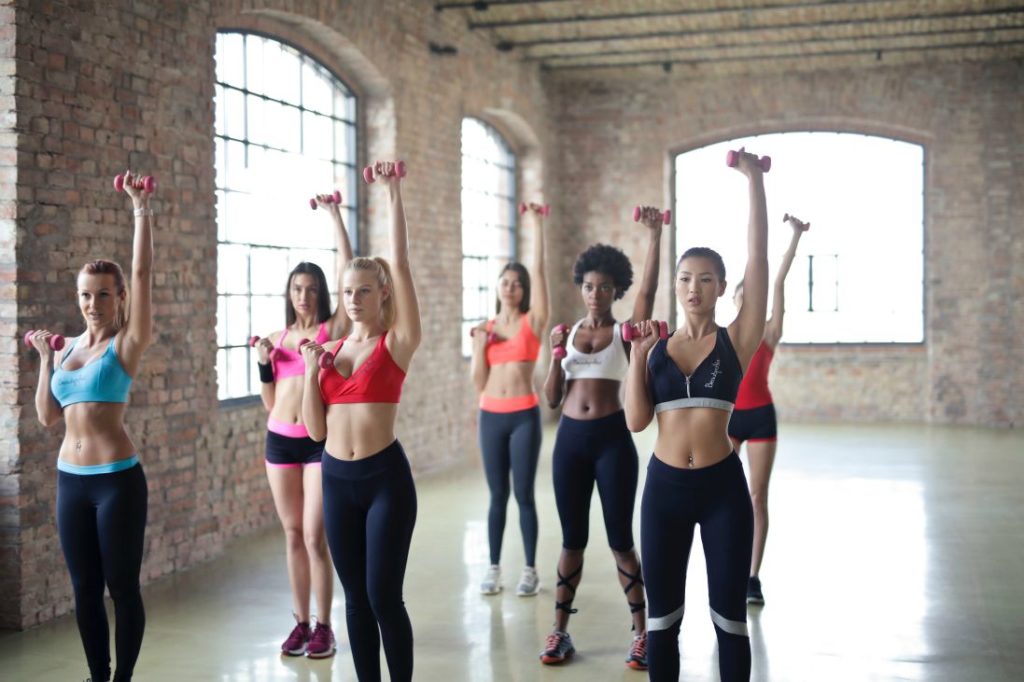
If you want to lift heavier, move safer, and avoid looking like a malfunctioning robot, there’s one key thing you need to do: pre-tense your muscles before the lift even starts.
This isn’t just some fancy trick—it’s a technique arm wrestlers, powerlifters, and anyone who doesn’t want to snap in half mid-lift swear by.
Here’s the deal:
Before you even think about pulling, pressing, or squatting, you need to create full-body tension—as if you’re bracing for impact in a slow-motion action movie explosion.
How to Pre-Tense Like a Pro (And Why It Matters)
Imagine you’re about to deadlift. The rookie mistake? Yanking the bar off the floor like you’re trying to start a rusty lawnmower. Bad idea. Instead, the bar should come off the floor as slowly as possible at first—like peeling a sticker off a new laptop.
Why? Because strength comes from controlled force, not from sudden, jerky movements that make chiropractors rub their hands together like a cartoon villain.
So here’s what you do:
1️⃣ Brace your core like you’re about to get punched in the stomach. (Tighten your diaphragm, abs, and pelvic floor—yes, that means all the muscles, including the ones nobody wants to talk about.)
2️⃣ Feel that tension radiate outward from your core to your limbs. (Your body should feel like a coiled spring, not a wet noodle.)
3️⃣ Squeeze your grip like you’re trying to crush a stress ball. (This simple trick increases neural activation and makes your whole body stronger.)
4️⃣ Tense every muscle before the lift even begins. (By the time you move the weight, you should already be locked in and ready.)
Why This Works (And Why You’ll Thank Me Later)
When you pre-tense your muscles, you create stability, control, and raw power before the weight even moves. This not only protects your joints but also makes your lifts feel smoother and stronger.
If you don’t believe me, try it. Next time you deadlift, start with full-body tension before lifting and see how much more solid the movement feels.
Or you can keep doing what you’ve been doing—yanking the bar like it owes you money—and let physics humble you the hard way. Your call.
Breathing and Strength Training: Why Exhaling During a Heavy Lift is Like Letting Air Out of a Tire
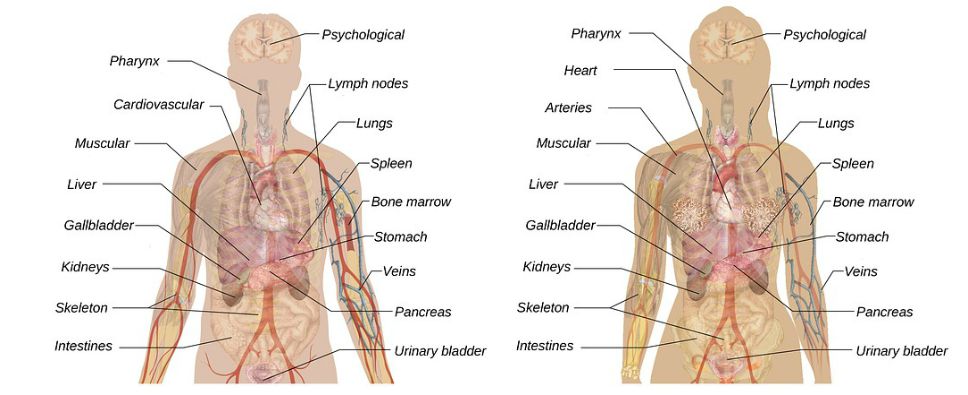
Ever wonder whether you’re strongest while breathing in, breathing out, or holding your breath? If you guessed holding your breath, congratulations—you officially understand why powerlifters look like they’re about to explode while pulling a deadlift.
Here’s the simple breakdown:
- Strongest = Holding your breath (a.k.a. bracing like your life depends on it).
- Weakest = Breathing in (a.k.a. inflating like a proud balloon).
It all comes down to intra-abdominal pressure—that magical force that stabilizes your core, protects your spine, and keeps you from folding like a cheap lawn chair under heavy weight.
How to Breathe Like Someone Who Knows What They’re Doing
Think of it like bracing for a punch. If someone were about to sock you in the stomach, you wouldn’t take a deep inhale and hold it at full capacity—you’d find a balanced level of tension so you could take the hit without collapsing like a Jenga tower.
So, when you breathe before a lift:
✅ Never inhale or exhale all the way. Aim for about 50% lung capacity—too much air, and you can’t brace properly; too little, and you run out of oxygen mid-lift.
✅ Brace your core like you’re about to get punched in the gut. Tighten everything—your abs, diaphragm, and pelvic floor.
✅ Exhale only when the rep is basically done. If you breathe out too early, you’re leaking strength—and nobody wants to be that person struggling to lock out a rep because they exhaled at the wrong time.
The Strength Training Guide You Didn’t Know You Needed
I know, I know—this isn’t a full strength training program, just a life-changing revelation about breathing. But don’t worry, that full program guide? That’s an entire book waiting to be written. And once I finish the book I’m writing now, I’ll get right on it.
I wish you lots of health, love and happiness!
Travis Wade
The only holistic personal trainer in Edmonton
Want To Get Started On A New Lifstyle Right Away?
Or
Would You Like A Plan To Achieve Your Fitness Goals?
Sign Up For Online Personal Training!

